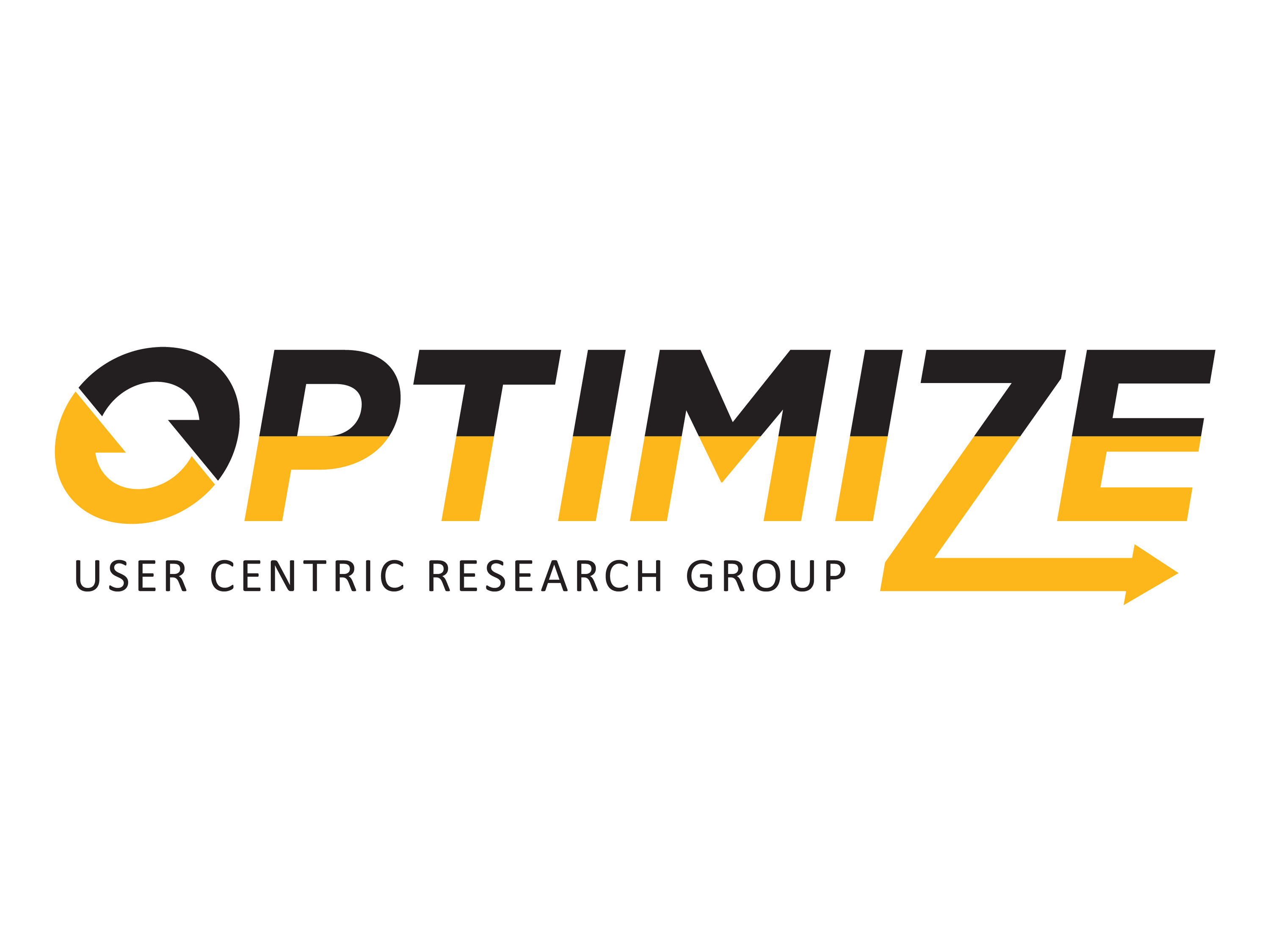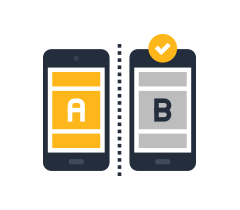USABILITY TESTING
Whether in prototype or beta test phase, we bring actual users into the usability lab and ask them to complete a series of tasks with your website, software, or product. We collect and summarize performance data and user feedback, and provide design optimization recommendations. Services can include:
- Expert Review
- Out-of-Box Experience
- Benchmarking
- Competitive Analysis
Usability testing is an empirical method of measuring a product’s ease-of-use. The Optimize team recruits representative users, brings them into the usability lab and asks them to complete a series of real-world task scenarios. Observational, user satisfaction, and performance data are collected, summarized, and used as the basis for design recommendations. Clients may request additional measures.
The Optimize team summarizes results from the test in a usability test report. The report includes general recommendations and specific task feedback; submitted solely to the client. We make recommendations to remedy any problems identified and suggest design improvements. Digital highlight clips are also available. Variations on a traditional Usability test are described as separate services in the sections below. The extent of your product’s evaluation will depend on the degree of examination you choose. Prices will vary accordingly.
For more information or to request a bid for services,
EXPERT REVIEW
- Appropriate at various stages of the development lifecycle
- Members (3-5) of the Optimize team review the product in reference to established
guidelines or principles, noting violations and inconsistencies, perceived usability,
efficiency, and overall look-and-feel
- analysts are experts in human factors
- emphasizes functionality and design rather than the properties of the interaction between an actual user and the product
OUT-OF-BOX EXPERIENCE (OOBE)
- Method to assess the OOBE of a product’s hardware or software
- We identify the most relevant stages of the product and use expert evaluation techniques to analyze the user experience, workflows, and task-based user testing with target users
- Evaluation can reveal valuable insights of a poor or positive OOBE experience impacting perceived ease of use, quality, brand reception/recommendation, and future repurchases
BENCHMARKING AND COMPETITIVE ANALYSIS
- Useful for testing a product before and after design changes, or against a competitor,
to measure and understand the impact and improvement the changes made to the product
experience
- Evaluation of an early version to obtain baseline measures of usability
- Define usability requirements to be addressed in newer versions
- Measure how your product statistically compares to a competitor or “gold standard”
- Method to quantify the usability experience with a product, identify desirable features,
and produce a list of usability problems to categorize and prioritize
- robust usability metrics include: task completion rate, time on task and user satisfaction
- identifies strengths and weakness when comparing products
EYE-TRACKING
- An in-person evaluation method where participants are typically asked to complete
tasks or examine designs as software tracks their eye movements
- Eye-tracking can be conducted on just about any device, although we mostly limit it to websites and apps designed for desktops and tablets
- Outputs provide a rich record of visualizations and metrics for areas of interest
(AOIs)
- First exposure gaze path
- Order of fixations by AOI
- Number of fixations by AOI
- Fixation duration by AOI
- Eye-tracking studies are more time intensive than typical task-based usability studies
- Additional evaluation and analysis time; we plan 10 minutes of analysis time for every one minute of eye-tracking data collected with participants



